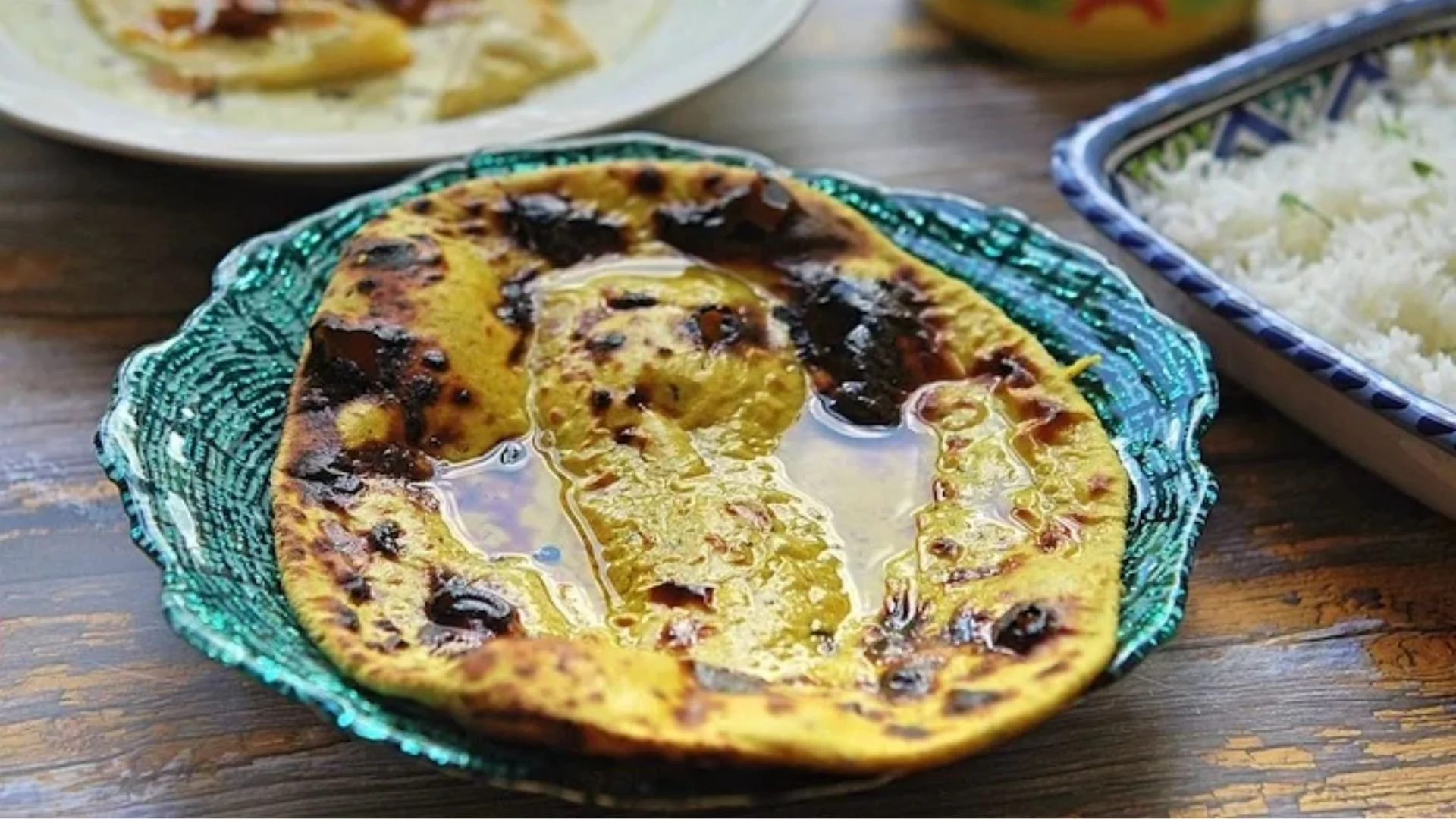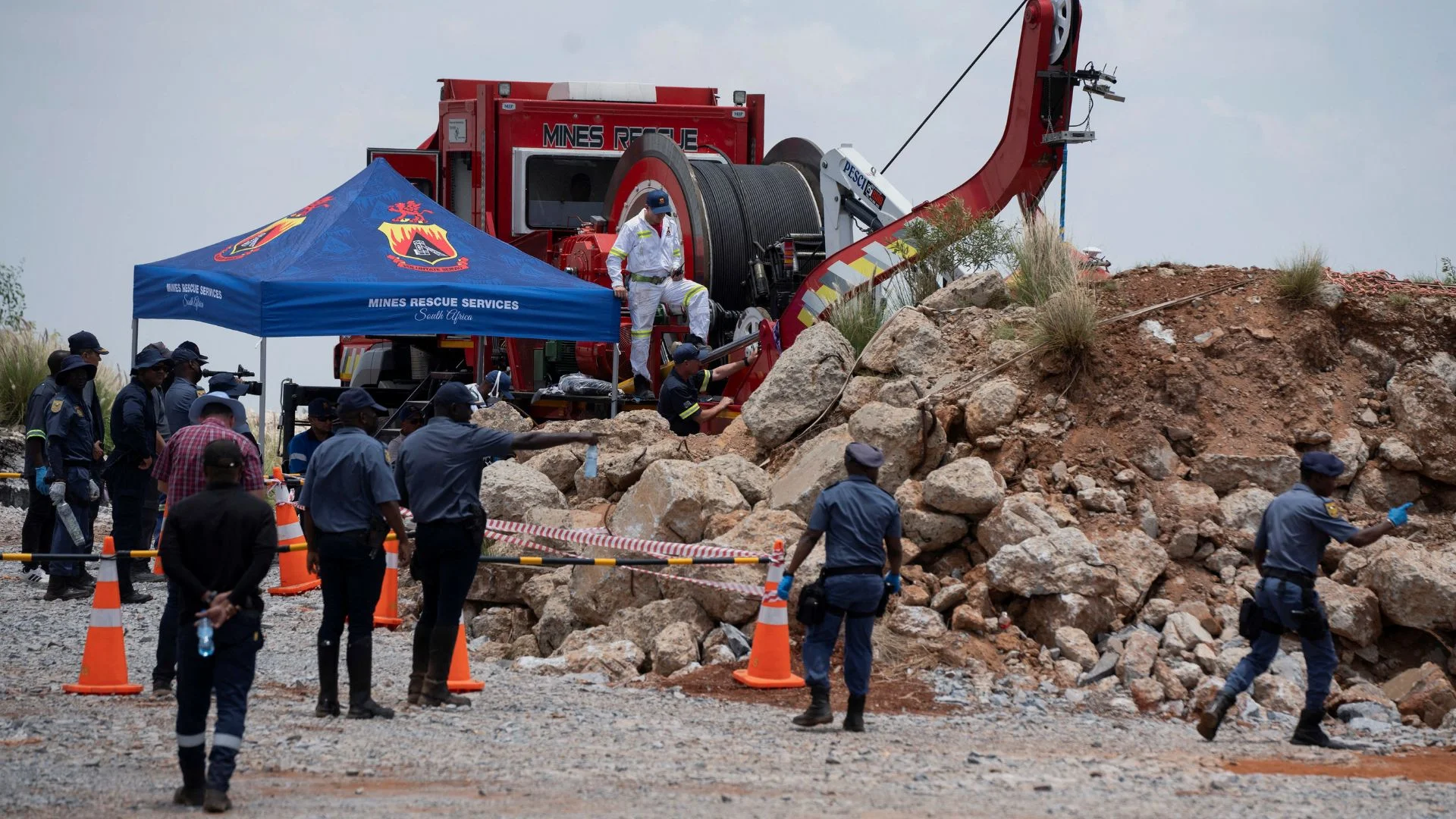According to a study, keeping queen bees frozen in indoor refrigeration units can improve the stability and labour efficiency of queen banking, the practise of storing excess queens in the spring to repopulate colonies in the fall. Also, it might help honey bees survive the effects of climate change.
In a study that was published in the Journal of Apicultural Research, researchers compared queen banks kept in refrigerated units to those kept outdoors in the conventional method and a “unbanked” control group. They found that queens housed indoors had a higher percentage of survival and needed less maintenance than those kept outdoors.This study, and future potential refinement, could be another piece in the ultimate puzzle of reducing the loss of bee colonies each year, said senior author Brandon Hopkins, an assistant research professor in WSU’s Department of Entomology.
“A lot of honey bee losses are queen-quality issues,” Hopkins said. “If we have a method that increases the number of queens available or the stability of queens from year to year, then that helps with the number of colonies that survive winter in a healthy state.”
Queen producers often “bank” queens over the summer by storing them in small cages. Those small cages are then put into a large colony with many workers to care for the caged queens, with as many as 200 queens per bank. A bank of 100 queens has a value of more than $5,000, and producers may have 10 to 20 banks on hand.
For this study, the team prepared 18 banks with 50, 100 and 198 queens per bank. The refrigerated banks matched survival of the outside groups, and in the banks of 100, survival was higher, with 78% of queens surviving the six weeks of storage compared to 62% in the outdoor group.
















